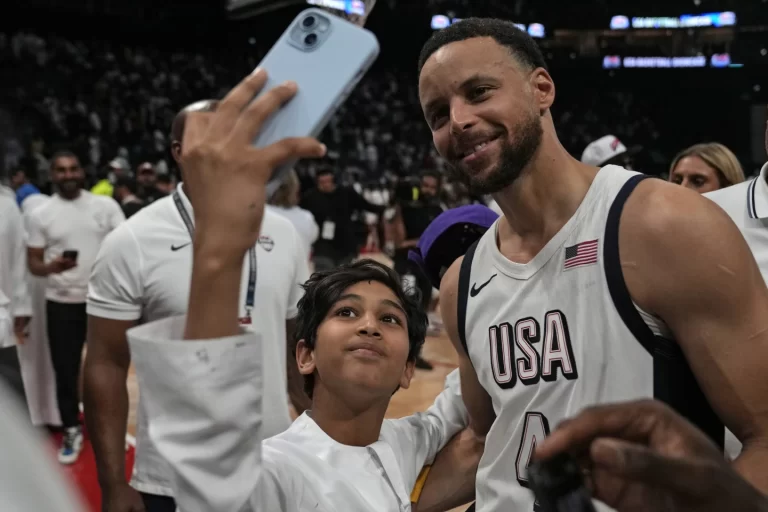This is the third installment of the four-part series of Media and Information Literacy Education in the Philippine Classrooms. In the Philippines’ digital age, Media and Information Literacy (MIL) is key for students. MIL equips them to navigate the online world, critically assess information, and responsibly create media. However, MIL education faces challenges that need addressing.
Unequal Access: A Barrier to MIL
One major hurdle is unequal access to digital resources. Students in urban areas often have better technology and internet than those in rural and poorer regions. This gap stems from infrastructure limitations and socioeconomic factors. This leaves rural and poor students vulnerable to misinformation.
Resolving this issue requires a long-term approach and not just band-aid solutions. The government should ensure that households earn enough income to sustain their families. It is easy to recommend providing families with gadgets and what have you but the reality is that is not sustainable and the solution requires self-sufficiency for these families.
Will children have better equipment for their MIL education if families were to improve their income? It is not guaranteed but the chances this student might have that boost of support is higher.
Curriculum Gaps: Theory vs. Practice
The Philippine curriculum includes MIL, but there’s a gap between theory and practice. Students learn the concepts but lack hands-on experience applying them in real situations.
So, what is the solution? To implement more project-based learning is needed to bridge this gap. Examples include writing blogspots, studying media consumption and media biases, and other internationally accepted standards of good quality MIL education.
This is a tough reform to push through because the educational system in the country prefers rote memorization. In this strategy, students are meant to regurgitate information that they absorb in their studies but not enough application to assess if they really learned something or not.
A major reform that the education department could do is train teachers to teach MIL subjects as a hybrid subjective-based type of learning and objective-type of learning. In this method, students can rote memorize the principles but they have to use inferences and draw conclusions from the materials they are about to use.
With this strategy, the gap between theory and practice could be bridged.
Diverse Perspectives: Beyond the Classroom
MIL education isn’t just for schools. Parents, communities, government, and media professionals play a role.
Parents can reinforce MIL at home. These could allow children to use gadgets for reading credible news outlets or watching educational videos on YouTube. Basically, children drawn to screen time are frowned upon due to the fact that it may be deemed unproductive. Yet, the key is to ensure that their content is of good quality.
Policymakers and media can advocate for better MIL standards and create content promoting media literacy. In this modern world, government intervention and self-regulation of media companies are necessary to ensure that users become more critical and safe from misinformation that spreads on the platform. In a practical context, it is necessary to ensure that people discern facts from fake news because this shapes the policy options that guide political leaders.
MIL skills develop outside classrooms too. Community organizations and online platforms can host workshops and provide resources. Educational apps and websites offer interactive ways to hone critical media skills.
The Long-Term Impact of MIL
At present, the short-term value of MIL classes is to widen the worldview of students and enhance their critical thinking skills. However, there are more practical benefits in the long term that students could benefit from MIL:
• It shapes informed citizens who actively participate in society. This will prepare students to be better voters and safeguard their politicians. Why? They cannot be easily deceived by propaganda and they are empowered enough due to the knowledge that they have so they can put checks and balances on leaders who intend to abuse their powers.
• It prepares students for careers in a digital world. Technological advancements are already here. So, in order forstudents to exploit those opportunities, they must be proficient in navigating tools and information especially since they are free and accessible nowadays.
• Fosters responsible online behavior for overall well-being. Remember, you could be sued if you defame other people online. This is a sufficient warning to keep digital spaces clean.
Moving Forward with MIL in the Philippines
Progress has been made, but challenges persist. Collaboration between educators, parents, communities, and government is essential to bridge gaps and ensure equal access. By expanding MIL beyond classrooms and recognizing its long-term impact, we empower Filipino students to be critical thinkers and responsible digital citizens.
This press release has also been published on VRITIMES




